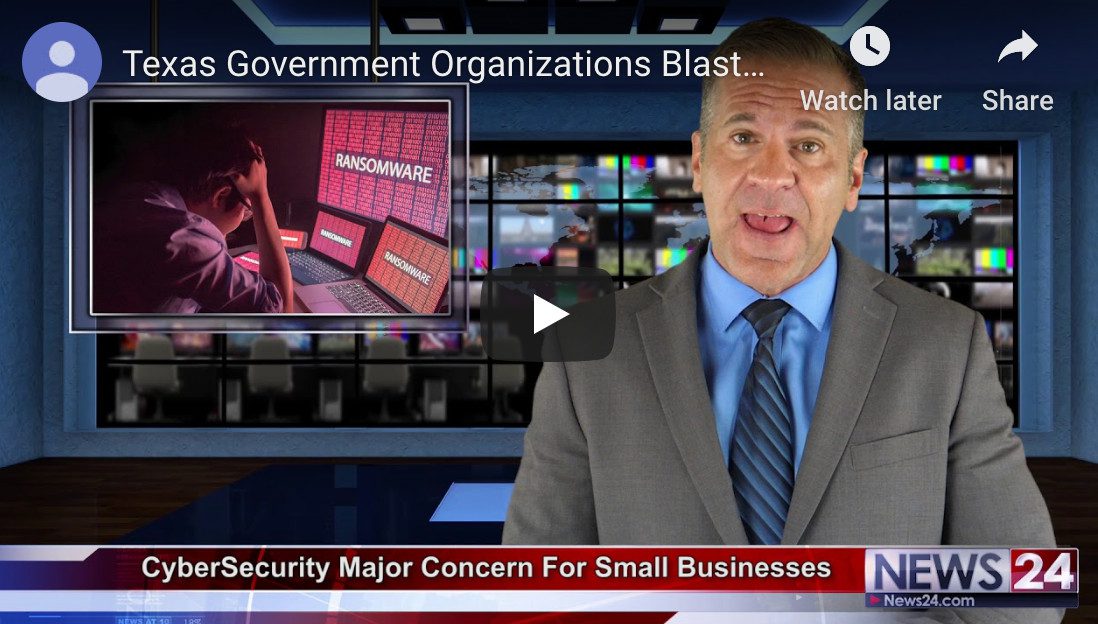Have you heard the alarming news out of Texas? A Texas Government Ransomware Attack has raised significant concerns across multiple sectors.
More than 20 government organizations across the state were hit by a coordinated ransomware attack, marking one of the most significant cybersecurity incidents in recent U.S. history. This Texas Government Ransomware Attack joins a growing list of high-profile breaches affecting municipalities in Florida, Albany, Atlanta, and Baltimore — and it’s a wake-up call for everyone.
Whether you’re part of a government agency, a corporation, or a small business, the threat of challenges akin to the Texas ransomware attack is real — and growing.
What Happened in Texas?
In the early hours of August 16, 2019, over 20 local government entities in Texas reported being targeted by ransomware. Most of the affected organizations were smaller municipalities, making them especially vulnerable to incidents like the Texas Government Ransomware Attack. The State Operations Center (SOC) quickly escalated its response, activating Level II protocols and deploying state and federal cybersecurity teams.
Thanks to a well-prepared response plan led by the Texas Department of Information Resources (DIR), remediation began within hours. By August 23, all impacted entities had transitioned from assessment to recovery, with critical services restored. Remarkably, no ransom was paid, and more than half of the affected organizations resumed normal operations within days, showcasing how a Texas-like government ransomware incident can be managed successfully.
This coordinated response was the first of its kind in Texas — and a model for future cybersecurity incidents.
Why This Matters
The Texas Government Ransomware Attack underscores a critical truth: cybersecurity is no longer optional. These attacks are becoming more sophisticated, more frequent, and more damaging. And while large-scale government breaches make headlines, small businesses and local organizations are just as vulnerable.
In many cases, simple precautions could have prevented the worst outcomes. That’s why it’s essential to take proactive steps to protect your systems and data, especially in the wake of incidents like the one in Texas.
How to Stay Safe
Here are four key actions you can take today to reduce your risk:
- Invest in cybersecurity awareness training for all employees to shield against threats like a Texas Government ransomware scenario.
- Implement a robust security solution with real-time threat detection.
- Talk to your insurance provider about cyber liability coverage.
- Schedule a cybersecurity risk assessment to identify vulnerabilities.
Expert Advice from Texas Leaders
“Information security is everyone’s responsibility. From IT providers to end users, we all must remain vigilant and practice good cyber hygiene.”
— Nancy Rainosek, Chief Information Security Officer, Texas DIR
“It was this team effort along with advanced preparation that allowed a very critical situation to be resolved quickly and with minimal impact for Texans.”
— Amanda Crawford, Executive Director, Texas DIR
Technical Best Practices
If your systems are remotely administered by internal IT staff or a managed service provider (MSP), follow these security recommendations:
- Allow remote access authentication only from inside the provider’s network.
- Use two-factor authentication on remote tools and VPNs.
- Block inbound traffic from Tor Exit Nodes.
- Block outbound traffic to Pastebin.
- Use Endpoint Detection and Response (EDR) to monitor unusual PowerShell activity, which is vital in averting attacks like the one that unfolded in Texas.
Final Thoughts
The Texas Government Ransomware Attack is a stark reminder that cybersecurity threats are evolving — and no organization is immune. But with the right tools, training, and response plans, you can protect your business and your community from threats similar to what Texas faced.
Want to learn more? Watch how to defend against ransomware and secure your digital infrastructure.
📺 Click here or hit the play button below.

Charles Lobert, has been in the Detroit Metro Area’s IT industry for over two decades & with VCS since ’04. Throughout the years, Lobert has held nearly every position at VCS & is responsible for several major organizational shifts within VCS.

